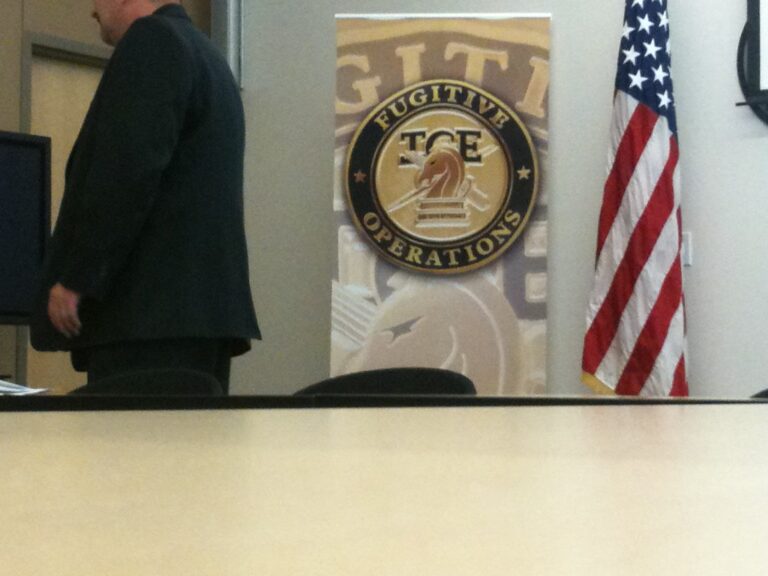Key Takeaways
- Education Secretary Linda McMahon says the federal shutdown shows her department is unnecessary.
- During the federal shutdown, many education programs paused and some grants stopped.
- Critics warn that schools could struggle without federal support and oversight.
- Lawmakers now debate whether to cut the education agency or reshape it.
What the Federal Shutdown Shows About the Education Agency
In simple terms, a federal shutdown means that non-essential government workers go home. They do not get paid until Congress agrees on a budget. During the latest federal shutdown, the Education Department stopped many of its daily tasks. As a result, Education Secretary Linda McMahon pointed out that the agency did not seem vital. She argued that schools and teachers still worked hard. Moreover, state and local officials handled most parts of education even without federal help.
Many people found it surprising that thousands of workers stayed idle. Yet, tests and grant decisions paused. In fact, some offices locked their doors. While this broke normal routines, it also raised a question: Do we really need a big federal office to run our schools? Secretary McMahon used this pause to argue that removing the agency could save taxpayer money. She also said certain programs could shift to states or private groups, which might handle them more efficiently.
How the Federal Shutdown Exposes Budget Issues
When the government shuts down, it cuts spending in some areas. It even stops paying contract workers. Consequently, budget items for the Education Department were delayed. This revealed hidden costs and red tape in its budget. Linda McMahon explained that the education agency spends billions each year. Yet, not all of this money helps students directly. Instead, much pays for office buildings and middle-management positions.
Furthermore, many grants had to wait for the shutdown to end. Teachers who needed resources for new lessons faced long delays. Parents also worried about after-school program funding. However, local school boards stepped in. They found temporary funding to keep some programs going. This response showed that communities could manage money without a big federal umbrella. Therefore, critics believe that the education agency should shrink or merge with another office.
Possible Impacts if the Agency Is Cut
Shutting down the Education Department completely would shake up schooling in America. First, rules and standards might change. Currently, the department sets guidelines for special education and civil rights in schools. Without a central office, states would write their own rules. This could lead to more variety. Yet, it could also bring inequality if some states can’t afford strong oversight.
Second, college student loans rely on federal processes. The agency handles applications and tracks payments. If it vanished, a new system would need quick setup. Otherwise, students could miss out on aid or face higher interest rates. Still, some experts say private lenders could step in. They might offer loans with clear terms and faster approval.
Reactions from Schools and Lawmakers
Teachers and principals had mixed feelings. Some felt relief when the office doors stayed closed. They thought fewer meetings meant more time in class. Others worried about future support. After all, professional development and research grants come from federal funds. Without these, schools might cut programs that help struggling students.
On Capitol Hill, Republicans cheered Secretary McMahon’s remarks. They praised her for calling out waste. Meanwhile, some Democrats warned that cutting the agency risks student success. They stressed that federal rules protect students with disabilities and ensure equal treatment. Yet, both sides agree on one point: the shutdown exposed flaws. In fact, lawmakers now plan hearings to discuss new agency roles and budget levels.
A Clear Path Forward
Looking ahead, there are a few options. One proposal would shrink the agency’s staff by moving jobs to states. Another idea calls for merging the department with a related agency. Supporters say this would reduce overlap and save money. Alternatively, Congress could keep the department but cut certain programs. This approach might please both sides by protecting core services while trimming extra costs.
Most agree that more transparency is necessary. If the agency must exist, it should show exactly how each dollar helps students. In addition, officials recommend creating quick response teams for future shutdowns. That way, schools and teachers face fewer delays when budgets stall. Above all, experts stress planning. With clear backup plans, the next federal shutdown would not halt vital education programs.
In the end, the federal shutdown did more than pause paychecks. It sparked a big debate over the very need for a national education office. Secretary McMahon used this moment to call for change. Now, as leaders weigh their choices, students and teachers wait. Will the federal government step back or stay involved in shaping young minds?
Frequently Asked Questions
What does a federal shutdown mean for regular students?
A federal shutdown pauses many government services. However, it does not close public schools. Local districts still open. Yet, some grant-funded programs may face delays until funding returns.
Why does the Education Secretary call the agency unnecessary?
The secretary sees the shutdown pause as proof. She points out that schools still operate without active federal offices. She believes states and private groups can handle many tasks better.
How would student loans work without the federal agency?
Private lenders could issue loans if the agency disappears. They might offer faster approval and clear loan terms. Still, Congress would need laws to guide these new lenders and protect students.
Can schools handle programs on their own?
Many schools already manage budgets well. During the shutdown, local boards found ways to keep key programs running. However, some smaller districts may struggle without federal grant money.










